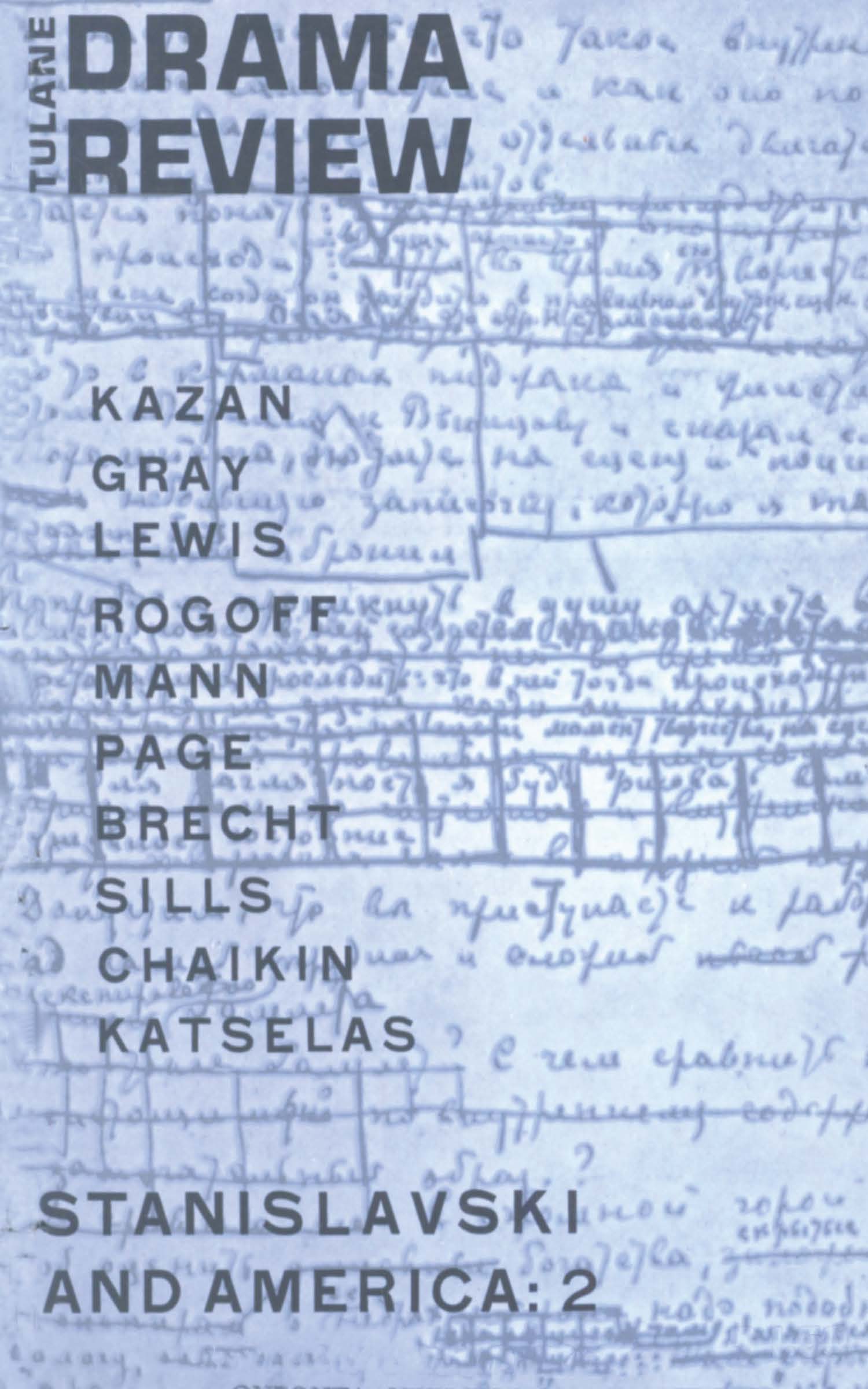No CrossRef data available.
Article contents
A Theatre of Language
Published online by Cambridge University Press: 14 February 2022
Extract
If we consider only the theatrical movement which felt Artaud's influence during the period between the wars, or the “poetic” theatre of the post-war period which is merely its continuation, the problem of the language of the avant-garde seems to have only a very limited interest. In the works which these movements have produced, the originality of the language is more spectacular than profound. Or more precisely, we might say that it lies more in its nature than in its function.
The traditional dramatist, whose only end was to interest the spectator by the analysis of passions and characters, used a language which was never disquieting or bewildering because it represented more or less—decorated only with certain literary attributes— the language of the public for whom it was written. In the avant-garde we have just spoken of, theatrical language changes to the same degree that the dramatist's attitude towards his audience changes.
- Type
- Research Article
- Information
- Copyright
- Copyright © 1963 The Tulane Drama Review
References
1 Printed by permission of L'Arche, Paris.
2 Sometimes commonplaces betray themselves by their unexpected proliferation (as in the beginning of The Bald Soprano)—sometimes annul each other before our eyes by their very contradictions—yet other times, Ionesco stuffs them with erratic or ambiguous expressions (as in Jack: “I've given birth to a monster”)—and sometimes Ionesco uses a common technique of parodying a well-known phrase, by deforming it or inverting its terms.
3 In this sense, we must take seriously this passage from The Lesson in which Ionesco, through the Professor's mouth, proposes a theory—obviously a parody—of language: “If you pronounce several sounds at an accelerated pace, they will automatically grab hold of each other, constituting thus syllables, words, or if necessary sentences, that is to say, more or less important groups, purely irrational assemblages of sounds, bereft of all meaning…”
4 The two heroes succeed in giving a semblance of reality to their conversation only by their mutual complicity. But even this fails: for example when the Old Woman tells the Photographer of her son's departure, while the Old Man explains to his “Belle” that they could never have children. From the contradiction between this tale, which Ionesco wished to be moving, and its brutal denial, there is born an instantaneous destruction of language, whose dizzying effect I could feel during the performance.
5 The destruction of language in Ionesco easily takes the shape of a terror exercising itself upon the individual identity of beings and objects. We know that one of his favorite techniques is to give the same name to several characters, so that this name no longer is useful in designating them. See, for example, Bobby Watson in The Bald Soprano. or the three Bartholomeus in The Shepherd's Chameleon.


